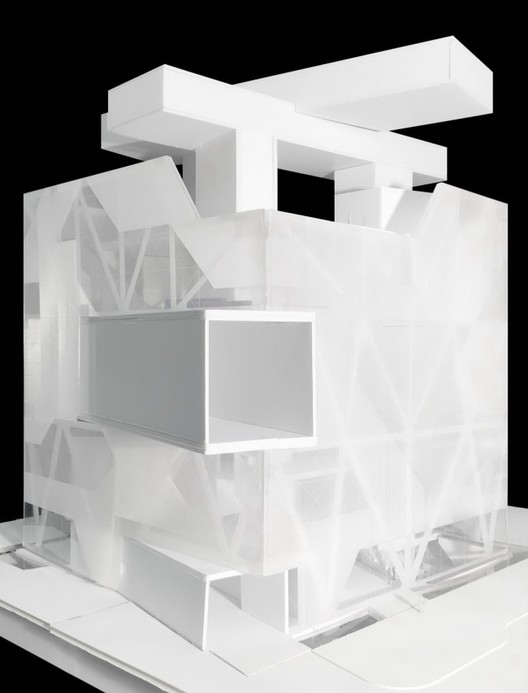
Architectural design office UNK project has won a competition to design the Atomic Energy Pavilion in Moscow’s Exhibition of Achievements of National Economy (VDNH), an area that has been in the process of redevelopment and growth since 2013. The pavilion aims to share the “history of the native nuclear industry” and its “contribution into modern economic development," according to competition organizer ROSATOM.
Of the six competition entries to advance to the final stage, the UNK project design, was the only that “decided not to pursue the literal associations with the atom and atomic energy in the hardware of the pavilion, but rather dispersed it in its software," according to the architects.












































.jpg?1444180136)
.jpg?1444182984)
.jpg?1444181210)
.jpg?1444182886)
.jpg?1444181258)


.jpg?1443197394)